Verse of the Day
Author Spotlight
Loading featured author...
Report Issue
See a formatting issue or error?
Let us know →
Verse Takeaways
1
A Figurative Argument
Commentators explain that the phrase "so to say" is an intentional signal from the author. He is not making a literal argument that Levi was physically present. Instead, he is using a figure of speech to make a theological point about representation and rank. The argument's power comes from this figurative logic, not a literal, physical transaction.
See 3 Verse Takeaways
Book Overview
Hebrews
Author
Audience
Composition
Teaching Highlights
Outline
+ 5 more
See Overview
Commentaries
8
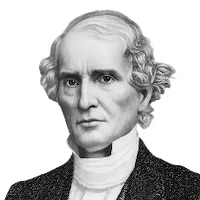
Albert Barnes
On Hebrews 7:9
18th Century
Theologian
And as I may so say. So to speak—wv epov eipein. For numerous examples in the classic writers of this expression, see Wetstein, <…
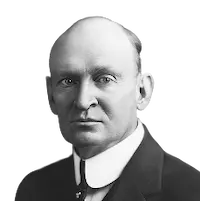
AT Robertson
On Hebrews 7:9
So to say (ως επος ειπειν). An old idiom, here only in the N.T., common in Philo, used to limit a startling statement, an infiniti…
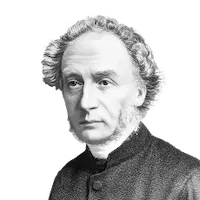
Charles Ellicott
On Hebrews 7:9
19th Century
Bishop
And as I may so say.—Or, so to speak: an apologetic way of introducing an expression that might seem strange. In the thou…
Go Ad-Free
Go ad-free and create your own bookmark library
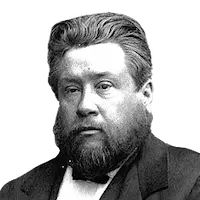
Charles Spurgeon
On Hebrews 7:8–10
19th Century
Preacher
Thus the old priesthood, the Levitical and Aaronic priesthood, paid homage to the Melchisedec priesthood, which is greater still.

Expositor's Bible Commentary
On Hebrews 7:9
The expression “one might even say” often introduces a statement that startles a reader and requires one to be careful against misinterpretation. T…

John Calvin
On Hebrews 7:9
16th Century
Theologian
Levi also, etc. He advances further and says that even Levi himself, who was then in the loins of Abraham, was not exemp…
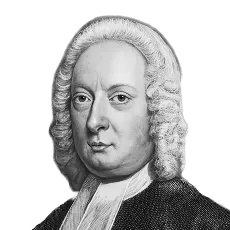
John Gill
On Hebrews 7:9
17th Century
Pastor
And as I may so say
With truth, and with great propriety and pertinence:
Levi also who receives t…

Matthew Henry
On Hebrews 7:4–10
17th Century
Minister
That High Priest who should afterward appear, of whom Melchizedec was a type, must be much superior to the Levitical priests. Observe Abraham's gre…